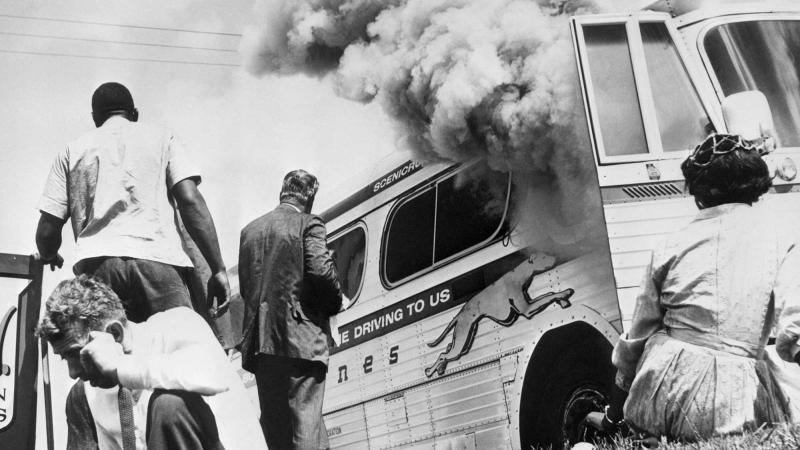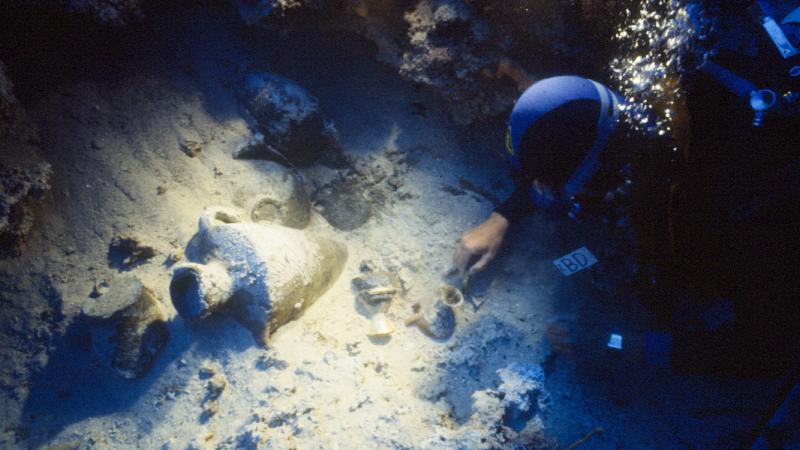As he started working on his third book, all historian Ed Ayers wanted was a project that didn’t involve computers.
After writing two books that depended on them, he was anxious to dig into the intimate lives of people as they experienced the Civil War. He wanted to read their letters and newspapers and flip through court documents. Deciding to focus on the Shenandoah Valley, he picked Franklin County, Pennsylvania, and Augusta County, Virginia, two communities, 200 miles apart, and on opposite sides of the war. The men and women who inhabited those counties weren’t the usual firebrands, politicians, or military men who find their way to the center stage of Civil War accounts. They were farmers, teachers, shopkeepers, and tradesmen of moderate political temperament. But when war dawned, their way of life was upended as men marched off to fight, deprivation came to the home front, and the high cost of war left its mark.
As Ayers dug into the archives, a grant from IBM presented an opportunity to turn his growing collection of documents into an archival database. The computers were back. In 1991, Ayers and his colleagues at the University of Virginia’s Institute for Advanced Technology in the Humanities began working on what would become Valley of the Shadow, a pioneering digital archive.
The original plan was to make the archive available on CD-ROM, a storage technology that could hold far more information than the standard 3.5-inch floppy disk. Then the World Wide Web exploded, offering Valley of the Shadow’s primary resources to anyone who had a dial-up connection. Ayers and his team used $214,980 from NEH to bring the archive online.
“We started the Valley so early in the Web’s life that many of the things we now take for granted —fast connections, quick computers, color screens, and experience with searching on browsers—did not exist,” says Ayers, former president of the University of Richmond and one of the hosts for the BackStory radio program. “We also did not have the benefit of PDF files or other standards that are now, well, standard. It was a challenge to find funding, since no one was sure this World Wide Web thing would last. The NEH stepped up early in the project’s life and that made all the difference.”
Valley of the Shadow is divided into three sections: before, during, and after the Civil War. The archive is limited to material about the two communities and doesn’t link to any outside resources. Everything you need to explore their history is there. It also makes the archive a great environment for learning—and replicating the thrill historians get when they make a new discovery. “Energy and imagination are rewarded by surprise and the satisfaction of seeing something no one has seen before,” says Ayers.
For its pioneering efforts, Valley of the Shadow was honored by the American Historical Association and received the inaugural eLincoln Prize from the Gilder Lehrman Institute and Gettysburg College. It spawned journal articles and an edited print volume of documents drawn from the archive. A generation of graduate students who worked on the project have also gone on to mastermind other innovative digital humanities projects. Valley of the Shadow proved so successful that millions of people used the website before Ayers was finally able to write the book that started it all: In the Presence of Mine Enemies: The Civil War in the Heart of America, 1859–1863, which won the Bancroft Prize in 2004.
Written by Meredith Hindley, senior writer for Humanities.


